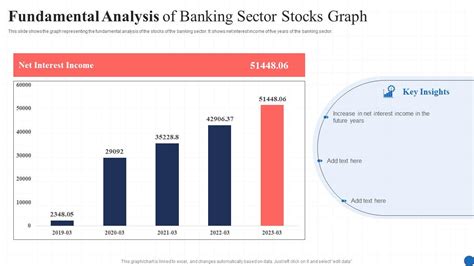Basic cryptocurrency: essential metrics to assess cryptographic assets
The cryptocurrency world has experienced rapid growth and volatility in recent years, some assets undergoing explosive price overvoltages while others have dropped. Consequently, investors and analysts must carefully assess the fundamental aspects of an asset of cryptocurrency before investing.
In this article, we will immerse ourselves in the key measures that fund managers use to assess cryptocurrencies and provide an overview of their importance to determine the value proposal for cryptography.
1. Market capitalization
The market capitalization (market capitalization) is a widely recognized measure which represents the total value of the shares or parts in circulation of an cryptocurrency asset. It can be calculated using the formula: market capitalization = total offer / 2. This metric provides an indication of the size of the market size and, subsequently, liquidity.
Stock market capitalization is essential to determine the overall value of a crypto, because it affects its commercial volume, its interest in investors and its feeling of the market. For example, if a cryptocurrency has high market capitalization, investors are more likely to be interested in buying or selling the assets, which can increase prices.
2. Offer and request
Supply and demand are critical factors that influence the price of cryptocurrencies. The balance between buyers and sellers is crucial to determine whether the price of an asset will increase or drop.
There are two main types of supply and demand:
* Request focused on the seller : this happens when investors are impatient to buy a cryptocurrency at its low point, which increases prices.
* Request focused on buyers : Conversely, if there are fewer buyers than sellers, prices tend to decrease.
Fund managers use measures such as trade volume (TVL) for exchanges, market capitalization of parts and price / profit ratio (P / E) to assess supply and demand. A high TVL indicates a growing community of investors, while low TVL may indicate a decreased interest in the asset.
3. Trading volume 
The volume of trading is another essential metric which measures the amount of the activity of purchase and sale on a scholarship. It gives an overview of the feeling of the market, liquidity and price stability.
A high volume of trading may indicate a high demand for cryptocurrency, which can increase prices. Conversely, a low commercial volume may suggest a lack of interest in the active or increased volatility.
4. Capitalization of the part of the part compared to the offer
One fundamental aspect to be considered during the assessment of cryptocurrencies is their supply and demand ratio (SMDR). This metric measures the difference between the market capitalization of an asset and its total offer.
If the SMDR is high, this may indicate that there are more buyers than sellers, which can cause prices over time.
5. Price ratio / benefit (p / e)
The P / E ratio compares the course of the action of a cryptocurrency at its benefit by action. This metric helps investors understand if an asset is undervalued or overvalued compared to its peers and the references of the industry.
A higher P / E ratio may indicate that an asset is negotiated to a bonus, while a lower ratio suggests that it is a price fairly.
6. Volatility
Volatility refers to the price fluctuations of a cryptocurrency in a short period of time. High volatility can be beneficial for investors who are looking for high yields on their investments.
Fund managers use measures such as the standard deviation (SD) of the daily negotiation volume, or the average time between price fluctuations, to assess the volatility of an asset.
7. Technical indicators
Technical indicators provide information on the underlying trends and models of a cryptocurrency. These can be used jointly with a fundamental analysis to make informed investment decisions.












